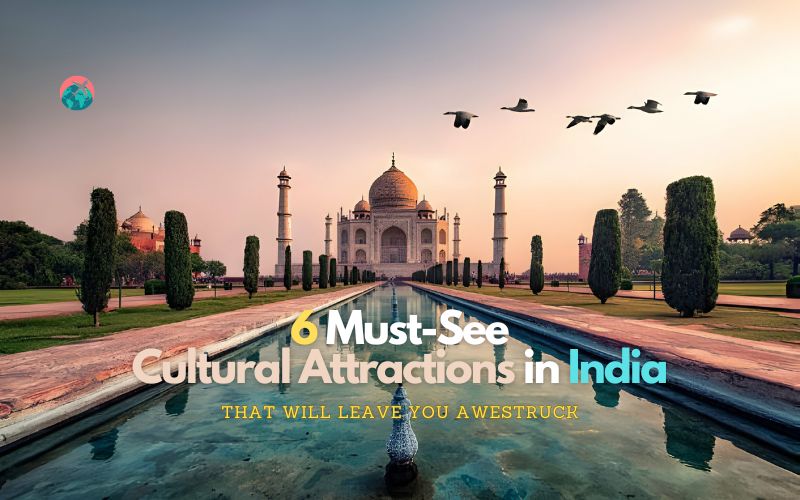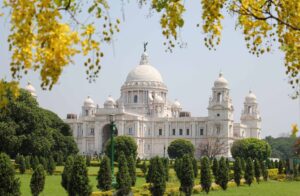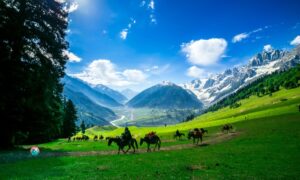Culture is a representation of specific norms. It depicts the lifestyle, beliefs, and traditions of people. These living practices develop and reshape from generation to generation. Every area has its own particular culture. In this scenario, India is an overwhelming country. The 29 states in the country have diverse and vibrant cultures. Even though the major religions are Hinduism and Islam, every state still varies in beliefs and religions. You will explore various religions there, like Hinduism, Christianity, Islam, Buddhism, and Sikhism. The colorful dresses and multiple languages have historical significance. The UNESCO World Heritage Sites are the main focus of the country. The appealing structures of these places explained the preserved culture of the country. This article aims to guide you through 6 must-see cultural attractions in India that will surprise you with their beauty.
1. The Timeless Grandeur of the Taj Mahal
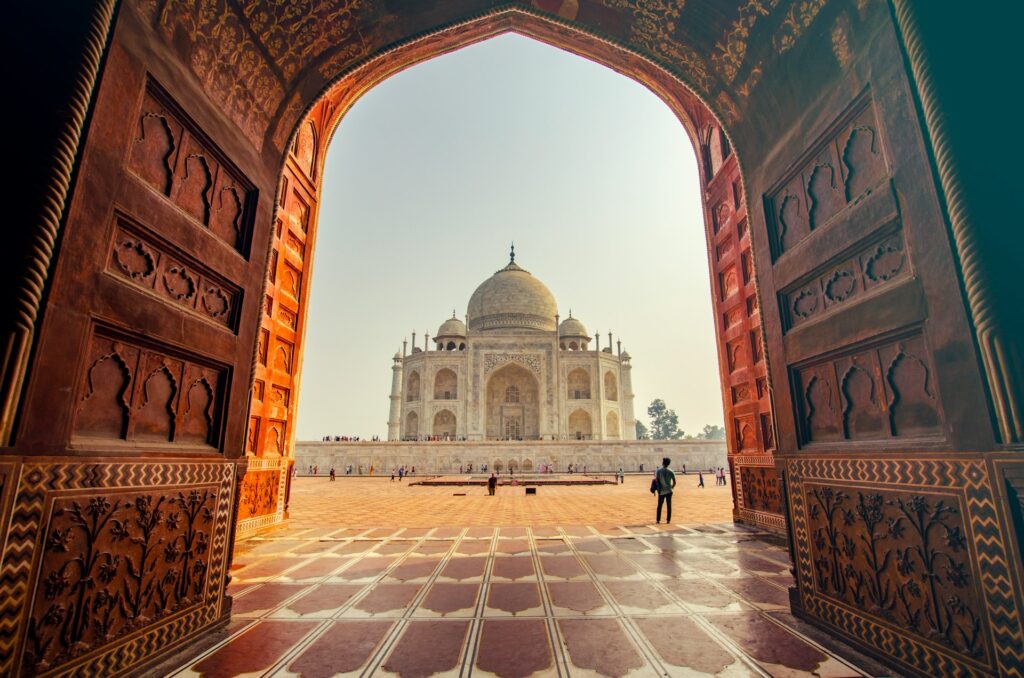
The most fascinating landmarks in India can be spotted in Agra. These places depict the long history of the Mughal emperors. The Taj Mahal is the most significant part of Agra’s fame. This historical construction is the most astonishing cultural site in India. The building is also categorized as a UNESCO World Heritage Site. In Indian culture, this marvel is a sign of love and devotion. Due to its endless grandeur, the building is recognized as a world wonder.
Shah Jahan built this symmetrical structure in 1631, after the death of his wife. He was fighting a battle when his wife died during childbirth. He built this tomb of white marble to express his mourning and love. From that historical era to the present, the Taj Mahal has been a source of pride for Agra. Agra’s visit is only worthwhile when visiting this remarkable building.
This mausoleum is a sign of the successful journey of the Mughal kings. A visit to this cultural beauty gives you a chance to witness the culture of Agra. This city has a dynamic and colorful culture.
2. The Sacred City of Varanasi: A Spiritual Experience
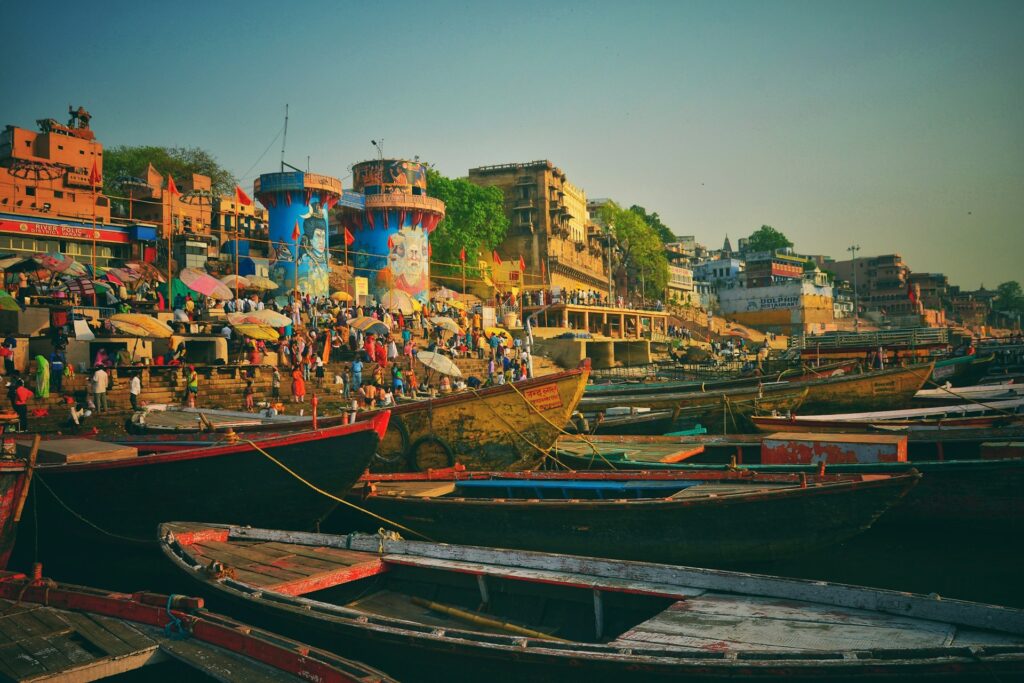
Varanasi is famous for its spiritual experiences and is among the most vibrant cultural attractions in India. This city is the oldest in India and was known as Kashi. Varanasi also has another name, Banaras. Owing to the historical temple of Lord Shiva, this sacred city is referred to as the origin of Hinduism. Banaras is settled on the bank of the River Ganges. This river is sacred for Hindu pilgrims. They came to take a holy dip in the river’s water. Funeral rituals are also performed in this water.
Varanasi has Hindu temples, shrines, and historical tombs. The place is also known as a holy city for all these reasons. The cultural experience in Varanasi is also engaging from many perspectives. Its culture features music, dance, and entertainment. Classical dance and folk music are specialties of Varanasi.
The city’s silk workshops allow visitors to learn about traditional attire. Banarasi sarees from this region are famous worldwide. Street strolling is the best way to experience the traditions. Interaction with locals provides knowledge about their lifestyle. The captivating charm of this suburb lies in its architectural beauty. The places below will enhance your cultural tour of Varanasi.
- Kashi Vishwanath Temple
- Assi Ghat
- Panchganga Ghat
- Styanarayan Tulsi Mandir
- Ganga River
- Nepali Museum
- Vindham Waterfalls
Best time to visit
November to February are the busiest months for tourism. In this pleasant weather, tourists can be entertained by local dances. Ramlila, the most attractive folk performance, will also be presented in October. For an immersive cultural experience in India, tourists must visit Banaras.
3. The Majestic Forts of Rajasthan: Reliving History
Rajasthan is one of the most iconic cultural attractions in India. Palaces and forts in this state describe the era of Rajputs. They defeated many warriors and ruled this area for centuries. Rajasthan had a long period of the king’s rule. For this reason, the state is also popular as the land of kings.
Amber Fort
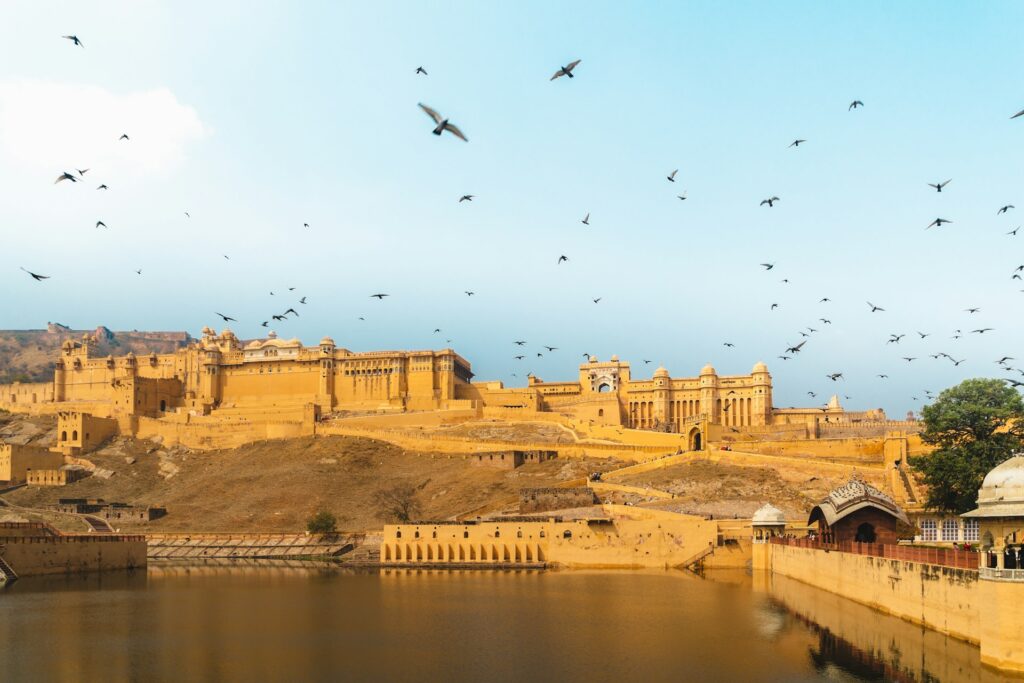
The remarkable structure of forts is the leftovers of the Rajput emperors. Amber Fort is a must-see cultural attraction in Rajasthan. This fort is recognized as a UNESCO World Heritage Site. The fort is located in the capital of Rajasthan, Amer. The artistic work on the fort’s walls draws the attention of art lovers.
The forts of Rajasthan
The forts of Rajasthan depict the fusion of Rajput and Hindu communities. Six prominent forts are settled on hilltops. This settlement represents the strategic approach of the Rajput kings. The high location was an advantage for keeping an eye on enemies. Thick and unbeatable walls protected foreign invasions.
Why is it so famous?
Rajasthan is also famous among tourists for its folk music. Ghoomar dance is a particular dance form of this state. In the top tourism months, frequent performances are arranged. Local performers promote their culture through these performances. Cultural festivals, such as the Teej festival, are part of Rajasthani culture. This festival portrays the importance of marital love. The enlisted names are recognized as famous cities containing iconic cultural attractions in Rajasthan. So, to experience the rich history and monuments of the state, you must visit the following five cities:
4. The Ancient Caves of Ajanta and Ellora: Artistic Splendor
To discover India’s historical treasures, plan an itinerary for the Ancient Caves of Ajanta and Ellora. These caves portray the history of Maharashtra state. The artistic work on the walls of caves is unique and has been enlisted as a UNESCO World Heritage Site. This tour provides a deep knowledge of Buddhist art. Buddhist art opened the doors for Indian art’s development.
Also read: Top 10 Caves in India – Entry fee I Timing I A Guide to History
34 Ellora caves
34 Ellora Caves are a sign of tolerance in Indian culture. The rock-cut architecture expresses the nourishment of three religions in one place. Buddhist, Jainism, and Brahmanism communities develop these caves for their meditation. Inscriptions on caves are illustrations of a long history. This historical period started in the 6th century.
Ajanta Caves
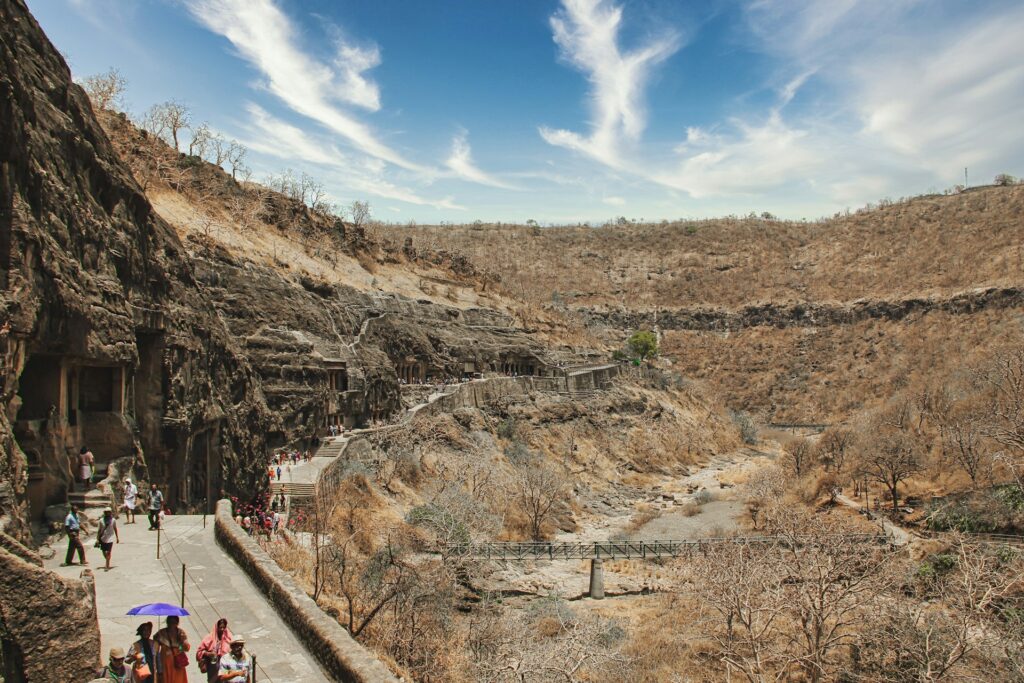
Ajanta Caves are located 100km from Ellora Caves, with 29 of them. The walls of these caves are adorned with paintings. This artistic work describes the tales of that time. The whole decoration of the caves illustrates the journey of Gautam Buddha. He was a famous preacher of Buddhism. Janta Caves are all about the Buddhist religion.
All these two series of caves are considered revered. Because it was the start of classical art in India, these caves are the identity of the Aurangabad district. You can also visit these places to enhance your knowledge about the treasures of Aurangabad.
5. The Classical Dance Forms of Kerala: A Harmonious Display
India is a land to experience diversity in art. Dance and music are the most revered ways for Indians to promote their culture. Every state has a specific form of classical dance. These various forms of Indian dance have symbolic significance in their society. They believe in expressing their religious ideas by dancing. Indian classical dance is based on the stories of the Mahabharata, Krishna, and Ramayana.
The classical dance of Kerala
The classical dance of Kerala also has the theme of epic stories. Kerala is a prosperous cultural state with a preserved heritage. The people of Kerala are firmly attached to their traditions and beliefs. The classical dance and art of this state are known worldwide. Kathakali and Mohiniyattam are popular dance forms in Kerala. Kathakali dance originated as a fusion of ballet, opera, and masque dance forms.
Mohiniyattam
Mohiniyattam is also a blend of Kathakali and Bharatanatyam. This dance form expresses the story of Mahabali. He was a mythical king of Kerala. To witness these two classical dances, tourists must visit Kerala. The harvest season is best for this cultural experience. In this season, the famous festival of Onam is held in Kerala.
6. The Colorful Festivals of India: A Kaleidoscope of Joy
In every culture, a festival is the source of expressing joy and sharing happiness. They promote local traditions and customs. These festivals are also important cultural attractions in India. Indian festivals are not just occasions but have a complete history. Each festival has religious significance and is performed under certain rituals.
Holi
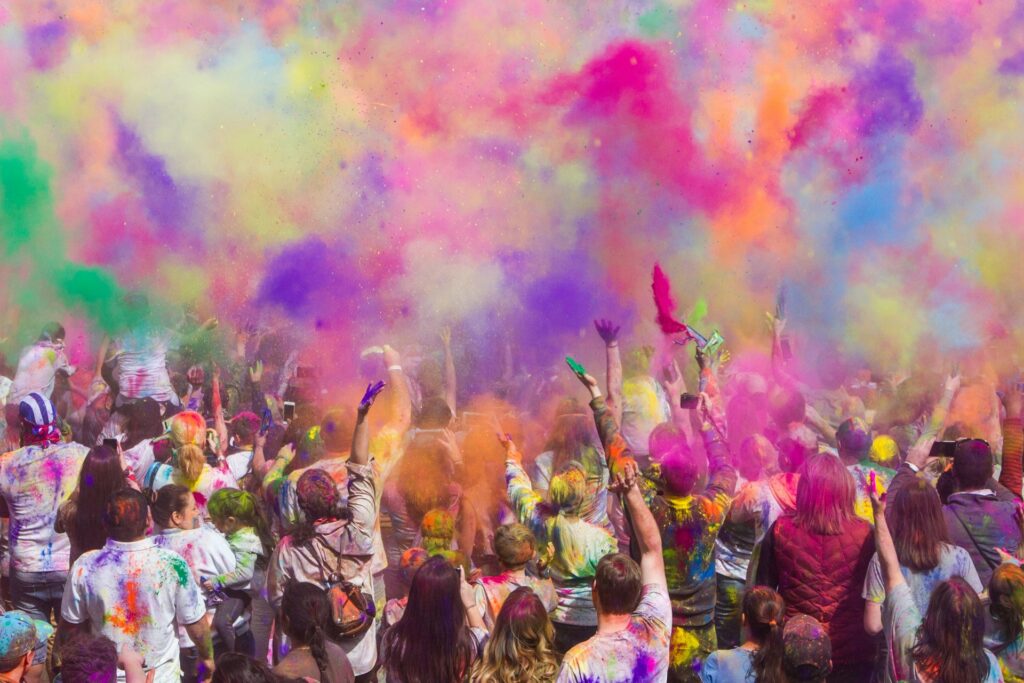
The Indian country has numerous colorful festivals. Holi is a famous Hindu festival. Celebrations of this festival started in the spring. The colors of Holi symbolize the colors of flowers that bloom in the spring.
Diwali
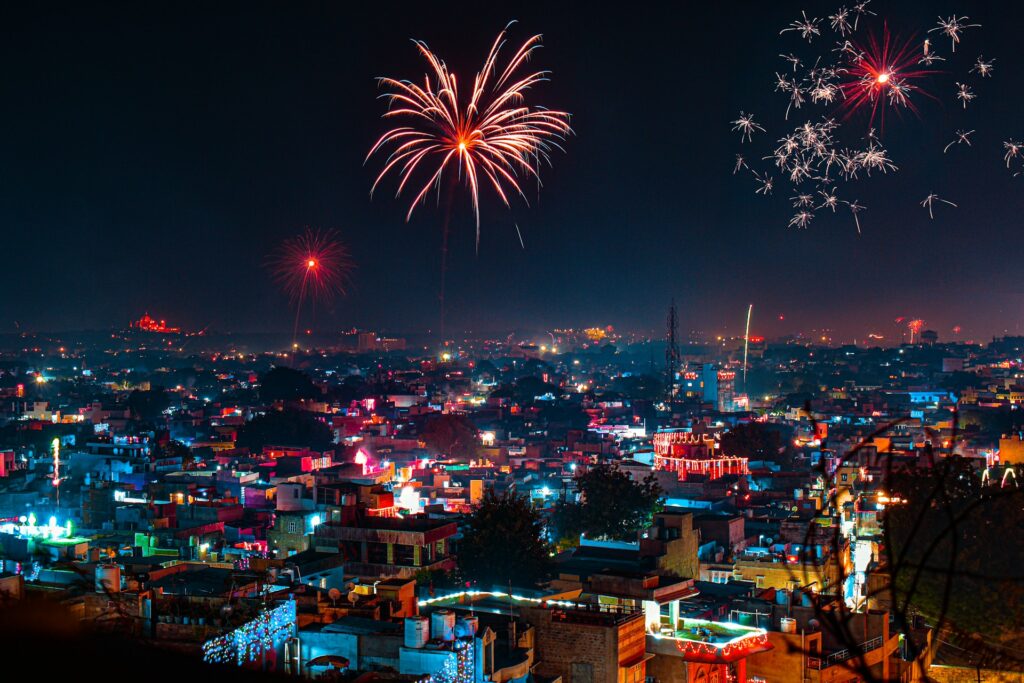
Diwali is another remarkable festival of Indian culture. According to the Hindu calendar, Diwali is celebrated as a new year. The lights of Diwali stand for the nature of humans. It shows that a man can overcome all the hurdles of life. This festival is an example of a victory for goodness over evil. The Indian community also celebrates several other festivals. These celebrations are the best source to learn deeply about Indian culture. Other common Indian festivals are:
- Dussehra
- Navratri
- Janmashtami
- Durga Pooja
- Onam
- Kumbh Mela
- Mewar Festival
- Lohri
- Karva Chauth
- Basant Panchami
Final Analysis
India is a country with distinctive states. Every state has a vibrant culture. They vary in languages and dialects. Dresses, cuisine, traditions, and art in every state differ. To experience all these diversities, tourists must visit 6 Must-See cultural attractions in India. By exploring these attractions, you will get a chance to learn about multiple cultural values. You will learn about the classical dance forms of India. By doing so, you will release all your negativity and start living joyfully. A cultural tour will allow you to learn about Indian cultural developments. Plan your next trip to the land of colors. Take all necessary guidance by connecting with Salam Travellers.

